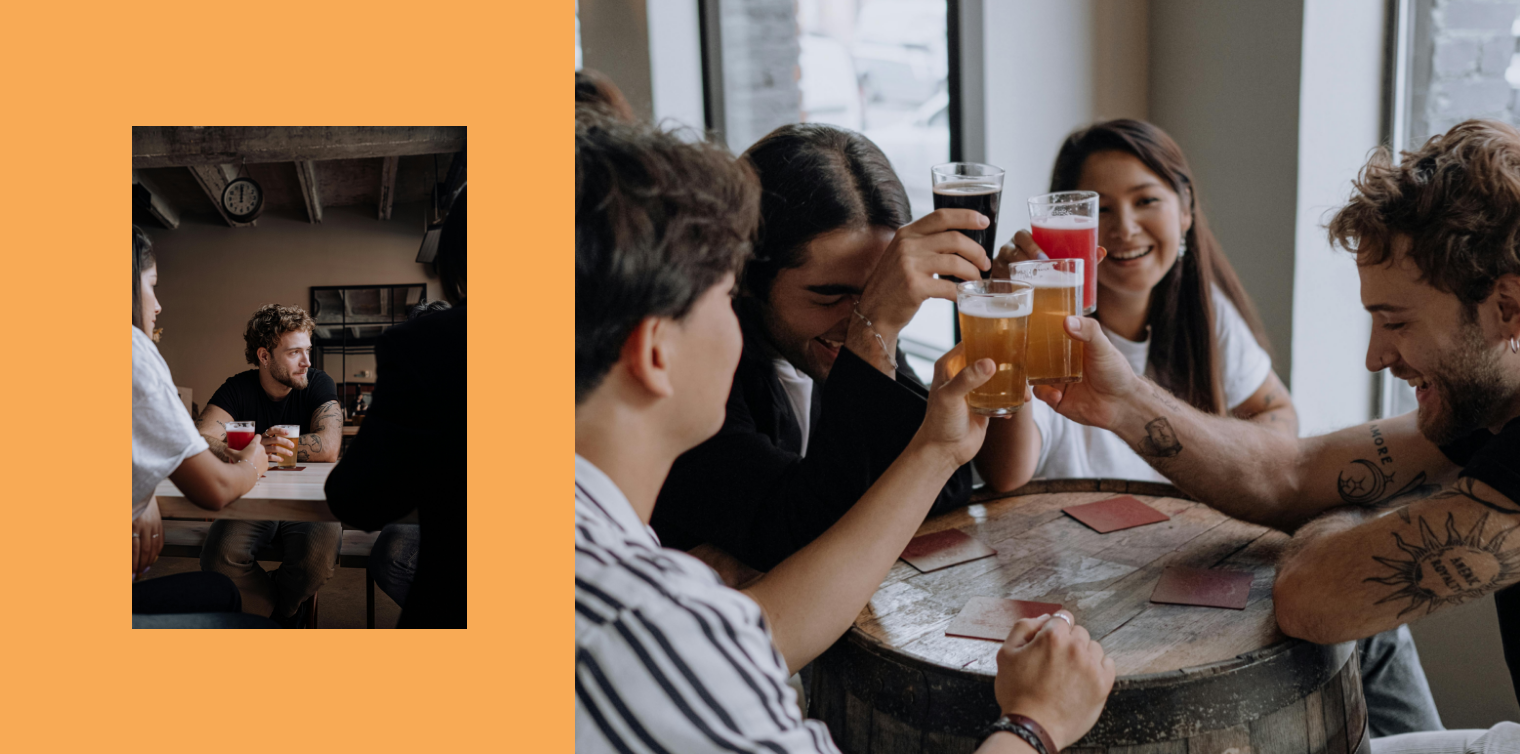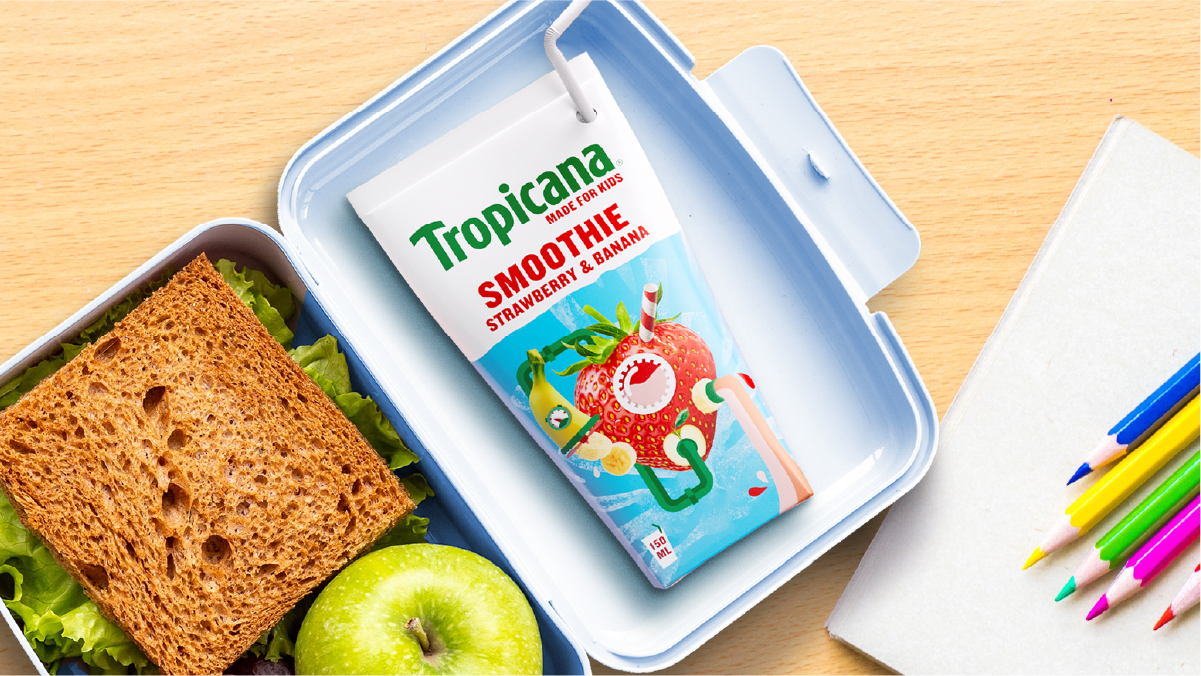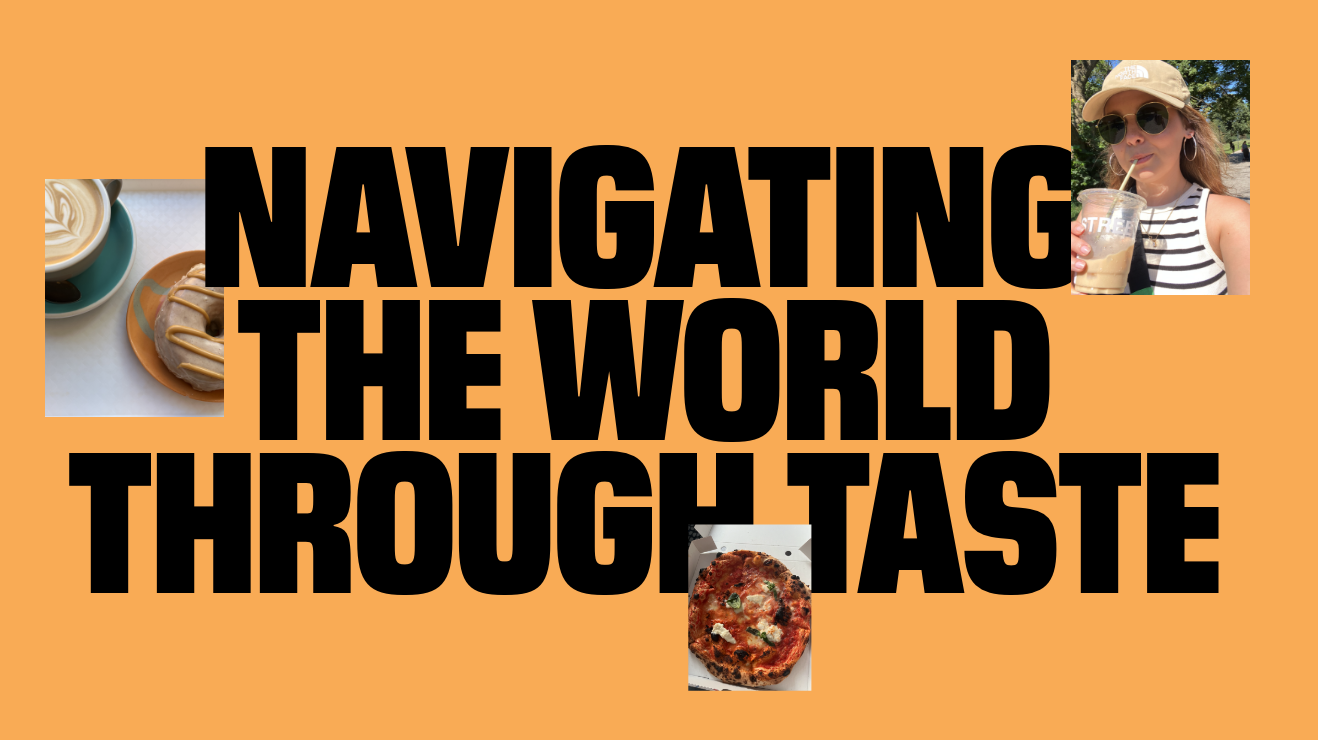Strategic brand development has an important part to play in persuading drinkers to pick a particular brand. As the craft beer industry takes a knock, what can we do to reverse its fortunes?
The fizz has certainly gone out of the craft beer sector in recent years. It’s been affected by the pub crisis, which has been left reeling by a surge in essential costs such as energy. Supply chains and prices are still suffering from a post-Brexit hangover. The upcoming generation of drinkers who were supposed to pick up where the Boomers left off are proving a sober bunch. Even the ‘Covid fun sponge’ is still making its presence felt.
This is all proving especially tough for small independent breweries. They saw production levels drop by 40% in 2020 and 16% in 2021, when compared to 2019. So what’s the role of brand in all of this and how can we – brand partners – help?
Understanding your brand
Today, more than ever, it’s important for beer companies to have a strong brand foundation. What’s the story that underpins your product or portfolio of brews? How do you create instant connections with a certain consumer group, in a given occasion or for a specific mindset? How do you stand apart from the competition? What role are you playing in people’s lives?
A brand is the result of all these positive associations, and consumers are reminded of them every time they hear its name. Once the foundations are in place, it makes activating, executing and innovating so much simpler.
Tapping into new demand spaces
There is a big connection between alcohol and occasion. What’s your go-to in the pub after work? Or your first choice for lunch on a sunny Saturday afternoon? Alcohol brands are brilliant at building associations and rich ‘brand worlds’ so they become synonymous with a particular moment.
A good design strategy can shift thinking and position brands so they’re associated with a time, space and mood. We’ve seen this happen across many categories and brands in recent years. Prosecco moved from special occasion to bottomless brunch with the girls. Aperol’s now inextricably linked to Aperol Spritz, the fastest growing cocktail of the past five years.
By carefully associating with certain moments and occasions, brands can tempt new demographics without alienating the loyalists.
Crossing thresholds
It’s the case, too, that people can be tribal about what they drink. We order ‘the usual’ at the bar and pick the same bottle from the supermarket shelf almost without thinking. So how do you create cut through?
Look at how the world of soft drinks borrows from spirits to engage a new, modern audience of sober-curious adults. Or how beer has before borrowed from the world of new wine to attract non-beer drinkers.
Inspiration can come from anywhere. BrewDog looked to punk when it told us it didn’t care whether we liked its beer or not: “Go back to drinking your mass-marketed, bland, watered-down lager, and close the door behind you.”
Brand partners can help you evaluate the semiotic codes, trends and influences within a category – and adjacent categories – to uncover white space, opportunity for brand stretch or evolution. Together, we can help shift category boundaries and persuade consumers to think differently at the point of purchase.
Communicating with new audiences
It's also important to look for fresh blood, rather than fight over an existing – and shrinking – pool of consumers. And to attract different, you have to act different.
Moving away from accepted category communication strategies can prove effective here. For example, craft beer has always celebrated its complexity and heritage. But some of the newer, more successful brands hitting the shelves are making a virtue of their simplicity. Every [wo]man and his dog claims to be ‘craft’, and if craft is no longer motivating, what is?
The new generation of Gen Z drinkers is less interested in what you have to say and more interested in what your brand says about them. So, think about switching up the narrative – from product features to benefits, from complexity to simplicity. Go back to your consumer. Who are they? What do they care about? I imagine its rarely dry hop filtration.
Looking to the future
Craft beer has, in many ways, been at the forefront of cultivating brand loyalty, but perhaps it’s time to accept that devotion fades as categories catch up and ubiquity takes over – people are thirsty for something new. The question is, are you? And if not now, when?
You don’t need a brief to start a conversation.
getintouch@stormbrands.co




